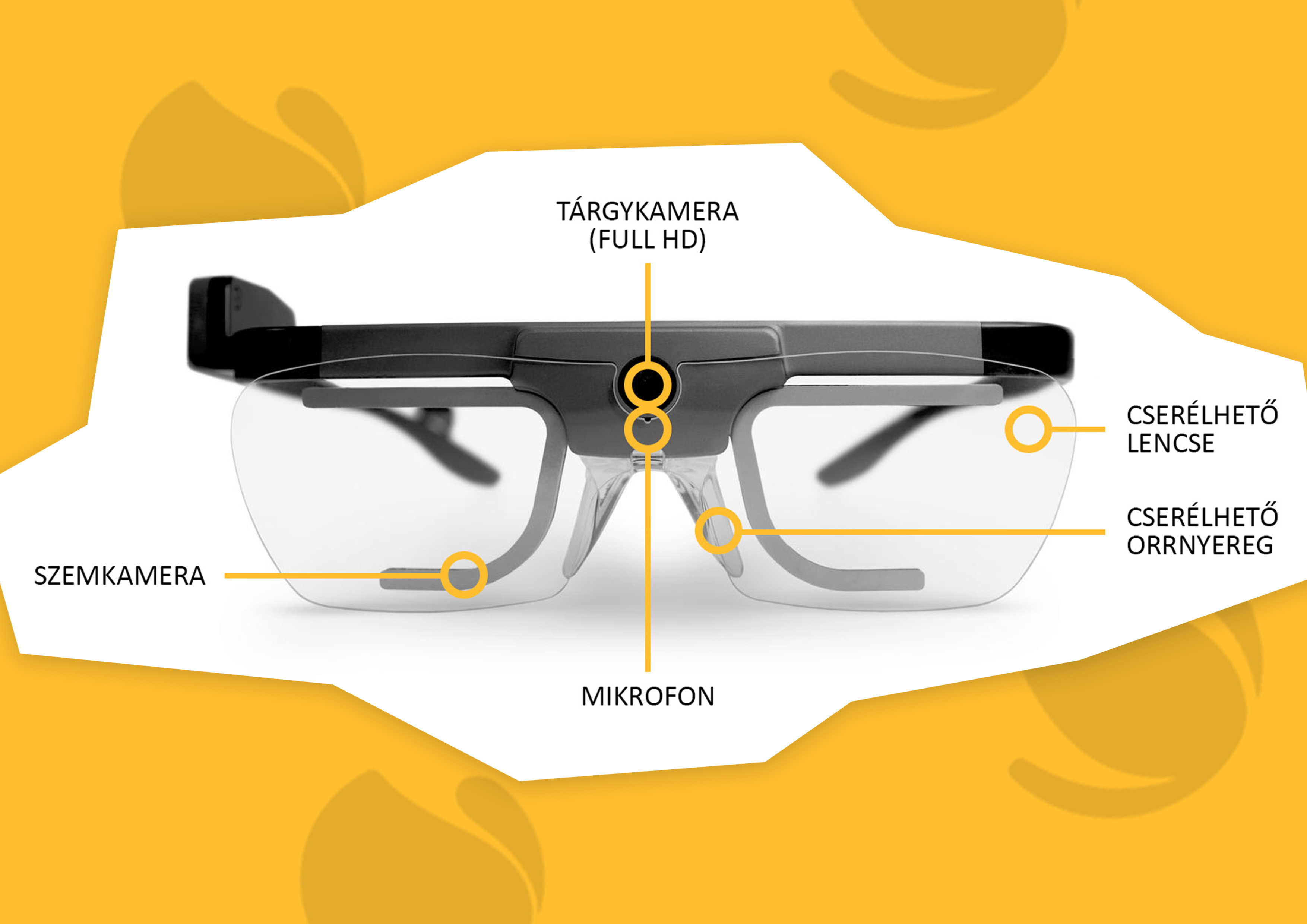Eye Tracking

The eye tracker is an emerging tool in the study of consumer behaviour, which is by no means a new technology, but it is clear that interest in it has grown spectacularly in recent years. As the technology has evolved, it is no longer just a stand-alone research tool, but also an automatic data collection mechanism built into smart devices.
The starting point for the method is the biological phenomenon that humans constantly move their eyes, as only a small area of the retina provides a high-resolution image. Several types of eye movement are distinguished in the literature, some of which are involved in maintaining the stability of the visual image, while others are involved in the acquisition of new information.
Eye tracking devices
The tool is able to record what (which product, communication message, etc.) participants are looking at, in what order and for how long.
In terms of the design of the device, we can distinguish between two types of eye trackers, so we can work with either a wearable (mobile) or a fixed (stationary) device, depending on the subject of the research.
The system works basically the same in both cases, with the eye tracker recording the position and movement of the pupil using infrared light emitted by the eye tracker. Therefore, each measurement starts with a so-called calibration, whereby the device is adjusted to the position of the participant's eyes, thus ensuring the accuracy of the measurement.
- The mobile eye tracker is typically worn as a pair of glasses by participants during the research, with two types of camera: the eye camera capturing the position of the pupil and the object camera capturing the environment the participant sees.
- In comparison, a so-called stable eye tracker - used mainly for testing websites or communications - works by being fixed to a monitor. The main difference in its design is that the image that the participant sees is automatically captured, so there is no need for a subject camera, the signals detected by the infrared light will appear on this image
Areas of use
The primary aim of eye movement studies and analyses is to gather insights that can be used to understand attentional behaviours. By using a relatively small sample, the tool reliably shows where participants look, in what order and for how long.
Depending on the research questions, different types of eye trackers can be used in different projects:
Mobile eye tracker:
- in-store research, which is suitable for understanding in-store shopping situations and decision-making processes
- in-home research that can record consumption situations in a home environment
Stable eye tracker
- Communication or concept tests: mainly used to test the functioning of visual or video material.
- Website performance testing: allows you to test specific websites and functions.
- UX test: a user experience test involving a small number of participants to reach conclusions focusing on functionality.
The most popular research outputs are heat maps and gaze plots, but it is important to point out that in addition to these, there are a number of other indicators that can be produced from the data captured by the tools.
